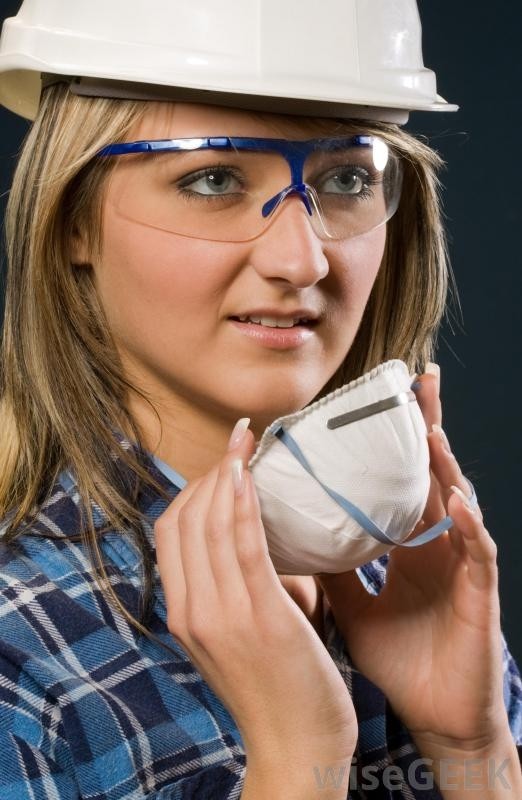Personal Protective Equipment Eye Safety

Have Your Workers "Seen the Light" About Eye Safety?
Thousands of people are blinded each year from work-related eye injuries that could have been prevented with the proper selection and use of eye and face protection
The main causes of eye injury are flying objects, contact with chemicals, improper equipment operation, poor choice of eyewear, improper fit, and lack of awareness about risks.
Examples of Eye Hazards
Depending on your workplace and the kind of tasks employees perform, eye hazards will vary, of course. But these are the usual suspects:
Recommendations:
Additionally, employees should be trained to recognize eye hazards, select the proper protection for different kinds of hazards, and care for protective eyewear properly.
Need to protect against the greatest possible hazard level
Proper fit for protective eyewear
Combining protective eyewear with prescription lenses
Inspecting eye protection
Cleaning and maintenance of eyewear
First aid for eye injuries
Content kindly provided by Moolmans
Thousands of people are blinded each year from work-related eye injuries that could have been prevented with the proper selection and use of eye and face protection
The main causes of eye injury are flying objects, contact with chemicals, improper equipment operation, poor choice of eyewear, improper fit, and lack of awareness about risks.
Examples of Eye Hazards
Depending on your workplace and the kind of tasks employees perform, eye hazards will vary, of course. But these are the usual suspects:
- Impact from flying objects such as large chips, fragments, particles, sand, and dirt from tasks such as chipping, grinding, machining, masonry work, wood working, sawing, drilling, chiseling, powered fastening, riveting, and sanding.
- Chemicals in the form of splashes, fumes, vapors, and irritating mists from tasks such as acid and chemical handling, degreasing, plating, and so forth.
- Harmful dust getting in the eyes from tasks such as woodworking, buffing, and general dusty conditions.
- Radiant energy, glare, and intense light from tasks such as welding, torch-cutting, brazing, soldering, and laser work.
- Heat from anything emitting extreme heat from tasks such as furnace operations, pouring, casting, hot dipping, and welding.
- Blood and infectious material splashes that could allow blood borne pathogens to enter the body through the eyes.
Recommendations:
- Provide the highest-quality eye protection, such as that found in polycarbonate lenses.
- Make sure protective eyewear can be customized and is adjustable. Gear that cannot be fit to an employee's face is more likely to be removed than gear that fits well.
- Inspect goggles periodically for cracks, breaks, and loose frames. Train employees to regularly look for and report these problems.
- Regularly assess to determine if current eye protection measures are adequate, especially when new procedures or materials are introduced.
Additionally, employees should be trained to recognize eye hazards, select the proper protection for different kinds of hazards, and care for protective eyewear properly.
Need to protect against the greatest possible hazard level
Proper fit for protective eyewear
Combining protective eyewear with prescription lenses
Inspecting eye protection
Cleaning and maintenance of eyewear
First aid for eye injuries
Content kindly provided by Moolmans
- 40e544af78771540b3045980e61be50681.jpg